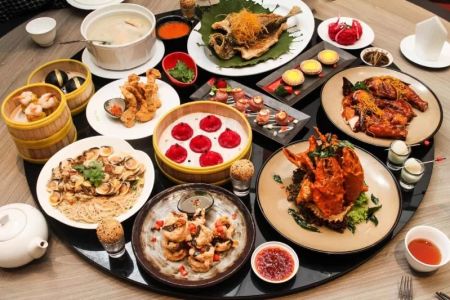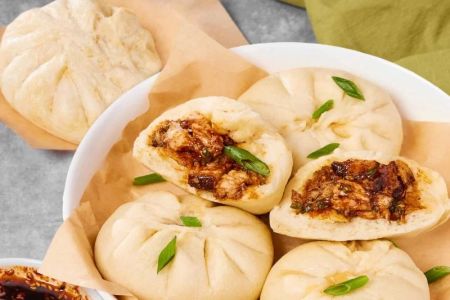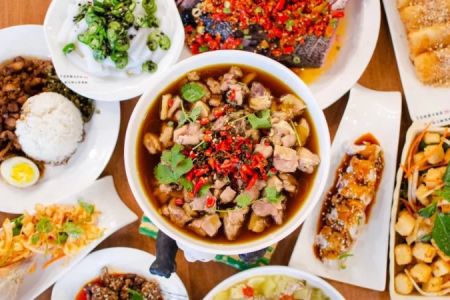- 1 - Wheat Noodles for Soups
- 2 - Egg Noodles for Stir-Fries
- 3 - Rice Noodles for Light Broths
- 4 - Hand-Pulled Noodles for Authenticity
- 5 - Glass Noodles for Versatility
- 6 - Choosing the Right Noodle for Your Dish
Wheat Noodles for Soups
Wheat noodles are a cornerstone of Chinese cooking, especially in heartwarming soups. Varieties like la mian (pulled noodles) and knife-cut noodles have a slightly chewy bite that holds up beautifully in rich broths. Their firm texture makes them ideal for absorbing flavors without turning mushy, making them perfect for beef noodle soup or spicy Sichuan-style broths. I still remember a winter evening in Beijing, huddled over a steaming bowl of wheat noodles as snow fell outside — the comfort was unbeatable.
Egg Noodles for Stir-Fries
Egg noodles, with their golden hue and springy texture, are among the best choices for stir-fries. Their richness pairs wonderfully with soy-based sauces, vegetables, and proteins. In Cantonese chow mein, they’re pan-fried until crisp on the outside yet tender inside, creating a delightful contrast in every bite. At a small Hong Kong-style café in San Francisco, I once had egg noodles tossed with roast duck and scallions — a simple yet unforgettable meal.
Rice Noodles for Light Broths
Rice noodles are light, slippery, and gluten-free, making them perfect for delicate soups and quick stir-fries. Thin rice vermicelli works well in seafood soups, while wider ho fun noodles shine in stir-fried beef dishes. Their mild flavor lets the broth or sauce take center stage, and they cook in just minutes. On a trip to Guangzhou, I enjoyed rice noodles in a clear shrimp broth that was so fresh it tasted like the ocean itself.
Hand-Pulled Noodles for Authenticity
Hand-pulled noodles, or la mian, are a culinary art form. Watching a noodle master stretch and twist dough into perfectly even strands is mesmerizing. These noodles are best enjoyed fresh, often in hearty soups or stir-fried with vegetables and chili oil. The chewiness and irregular shape make them a favorite among those seeking an authentic dining experience. A hidden noodle shop in Xi’an served me hand-pulled noodles with lamb and cumin — the depth of flavor was unforgettable.
Glass Noodles for Versatility
Made from mung bean or sweet potato starch, glass noodles turn translucent when cooked. They’re incredibly versatile, soaking up flavors in soups, stir-fries, and even cold salads. Their slippery texture makes them a fun and unique addition to dishes. One memorable encounter was at a Lunar New Year feast where glass noodles were simmered in a hot pot alongside fresh vegetables, seafood, and tofu — each bite carried the broth’s rich essence.
Choosing the Right Noodle for Your Dish
When deciding on the best Chinese noodles for soups and stir-fries, consider the texture, flavor, and cooking method of your recipe. Wheat and egg noodles excel in hearty, savory dishes, while rice and glass noodles shine in lighter, broth-based meals. For a truly authentic experience, hand-pulled noodles offer unbeatable freshness. If you want to explore more authentic Chinese noodle varieties and get recommendations for where to find them, Chinese Food offers curated tips and trusted sources for every noodle lover.







